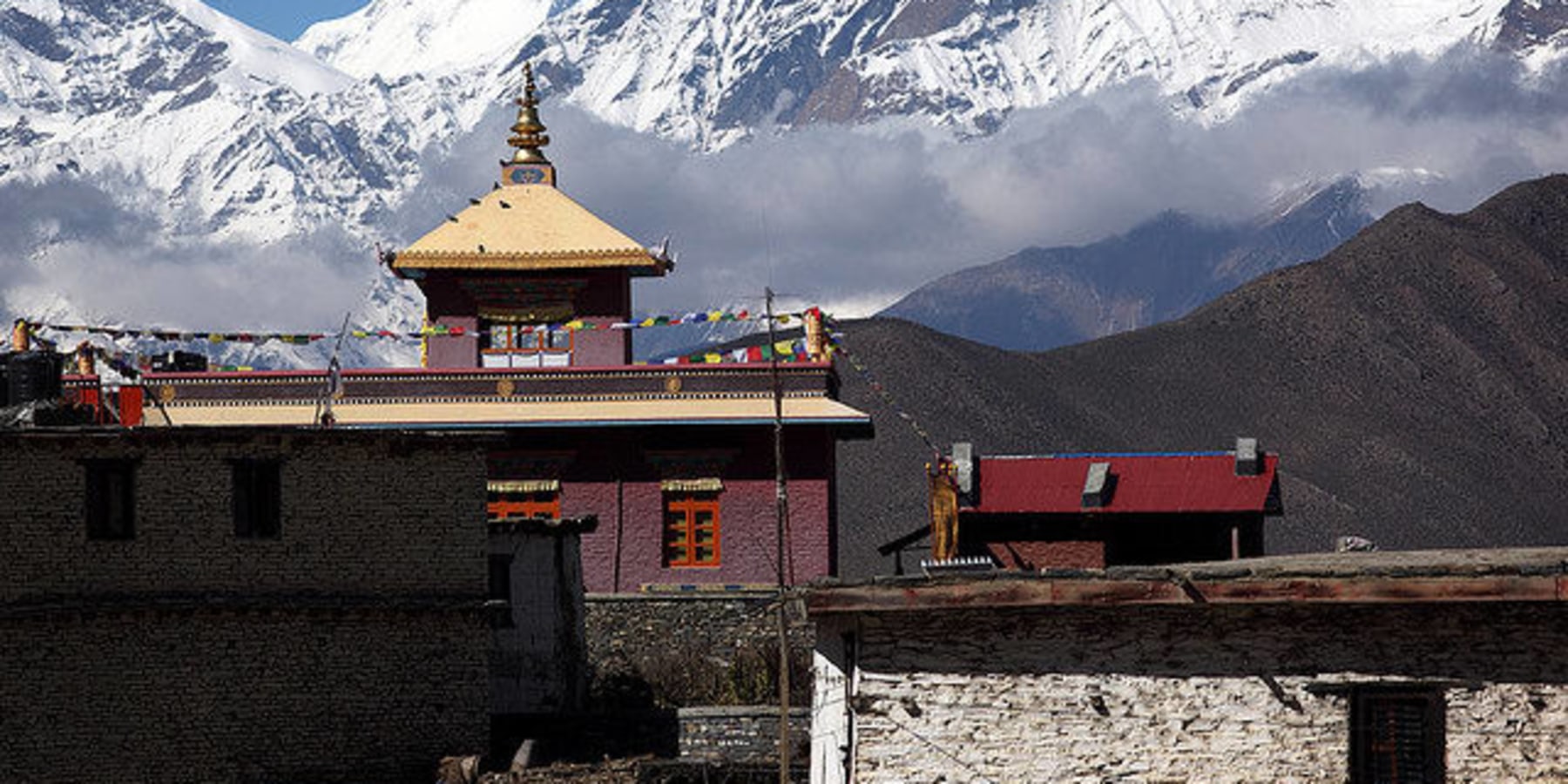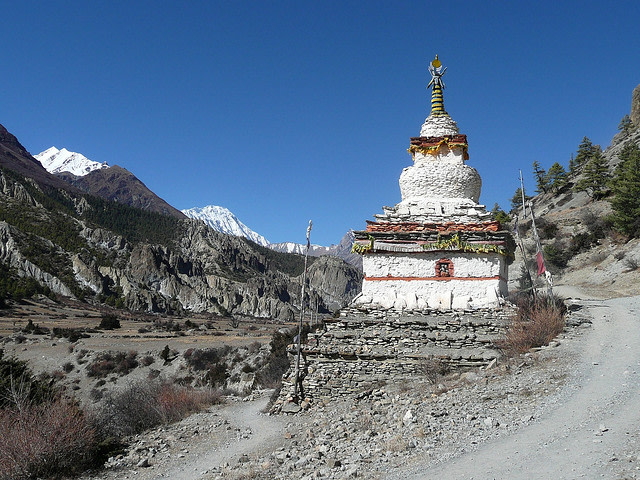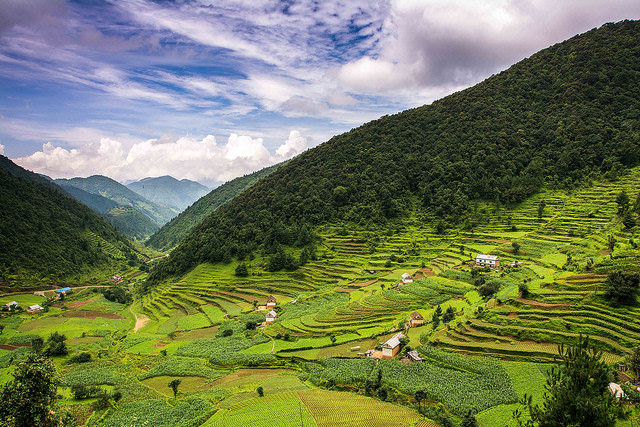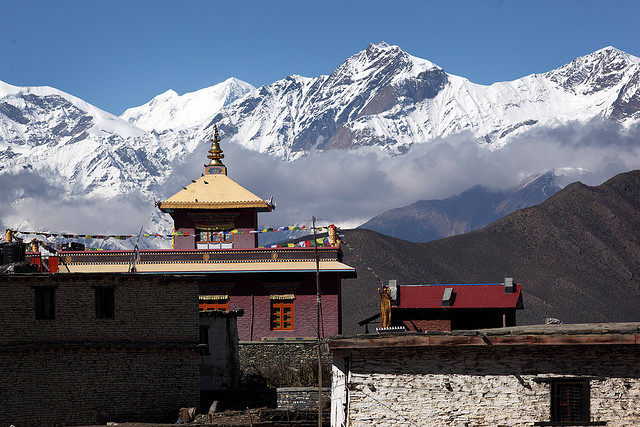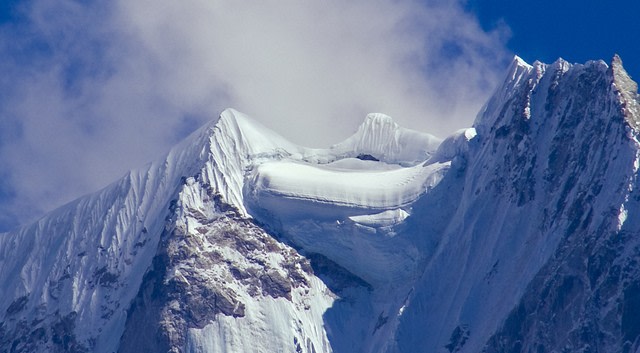| 4 mins read
One of the world’s most famous and rewarding trekking routes, Nepal’s Annapurna Circuit is popular amongst trekkers of almost all ages and experiences. The trail starts in the Besisahar region (in central Nepal just west of Kathmandu) and loops around to either Pokhara or the western region of Naya Pul. Though the adventure route runs through the infamous Himalayan mountain range and summits at 5,416 meters, the Annapurna Circuit is actually quite safe and relatively simple to navigate compared to other famous trekking routes.
Am I Fit Enough to Trek the Annapurna Circuit?
Many trekkers consider backing out of their Annapurna adventure at the last minute, fearing they either aren’t in (good enough) shape or they may be too overweight. While it does take a relatively healthy person to tackle the Nepali trail, the trek can be done by most able-bodied persons between the ages of eighteen and seventy-five (with both younger children and older adults accomplishing the route each year as well). The most important thing to remember is that your trek isn’t a race to the top; it will take a few days for your body to acclimatize to both the altitude and the activity, so take your time! There are so many natural and cultural attractions along the way that you won’t be spending your days worrying about reaching the next destination. (The average daily hikes range from three to five hours per day, with a few exceptions going upwards of eight hours)
What to Expect Along the Trail
One of the biggest attractions and surprises during the Annapurna Circuit trek is the great variations in landscape. During your journey, expect to trek through tropical climes and lush, vibrant green rice paddies to barren, dry landscapes and rugged snowy peaks.
Something that surprises many first-time trekkers to this Himalayan region is how busy the circuit actually is. For the majority of the trek, it won’t just be you, your Annapurna trekking guide and some wild animals along the way; most the trekking regions will have small villages, Buddhist monasteries, restaurants, tea houses and other traveler-friendly stops along the way, barring the most remote locations (base camps, passes, etc.) In fact, your trekking itinerary will most likely run from one accommodation spot to the next, ending with a place to sleep and a warm meal to top off the day.
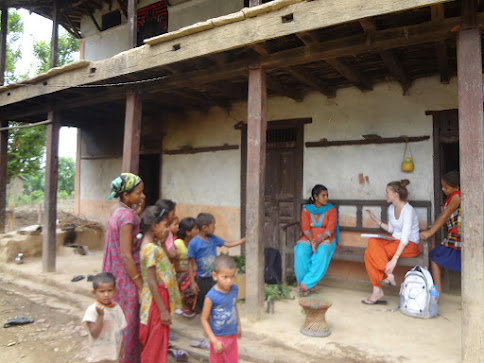
Annapurna Trekking Logistics
Most treks along the Annapurna Circuit take around seventeen to twenty one days to complete, though if you opt for the full three hundred kilometer stretch, expect to be gone for up to twenty four days. If you’re pressed for time and can’t swing the entire route, smaller journeys such as Besisahar to Jomsom or Jomsom to Naya Pul can be done in just a week and a half. The circuit summits out at 5,416 meters along the Thorung La Pass, with breathtaking views of Manaslu, Annapurna I-IV and a few other eight thousand plus meter high peaks. Though the route can be done independently, traveling with an Annapurna tour guide is the easiest way to enjoy your experience without having to worry about logistics and lodging along the way.
Image Details and Licenses: https://flic.kr/p/7xByB9 (Rajesh, CC BY-NC-SA 2.0), https://flic.kr/p/5FW18W (Christophe, CC BY-NC-ND 2.0), https://flic.kr/p/7WxD1v (Pietro Columba, CC BY-NC-SA 2.0), https://flic.kr/p/7bBSBi (Dietmar Temps, CC BY-NC-SA 2.0), https://flic.kr/p/comNif (The Advocacy Project, CC BY-NC-SA 2.0), https://flic.kr/p/9dK4pb (Phillip Marsh, CC BY-NC-ND 2.0)

